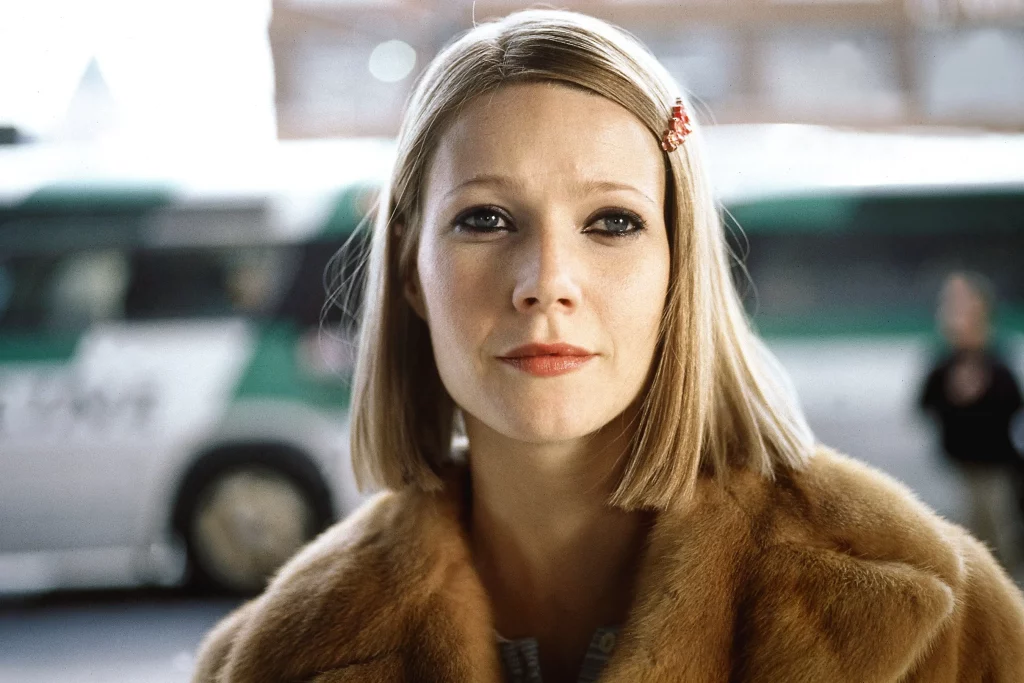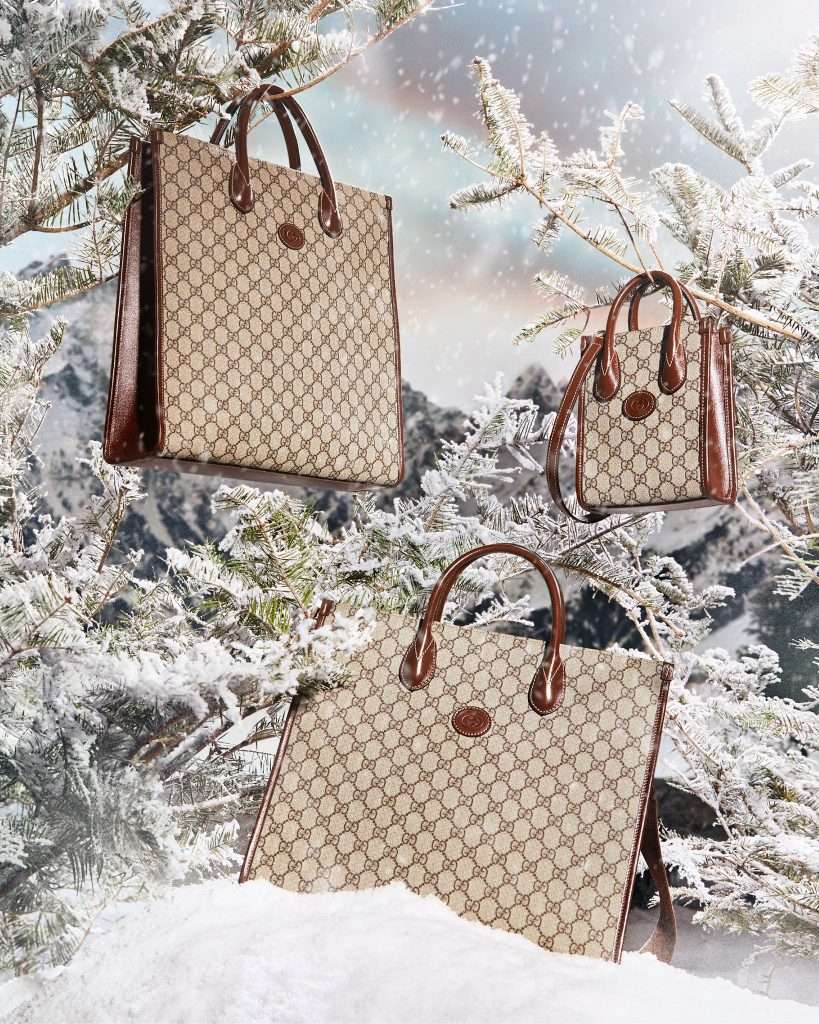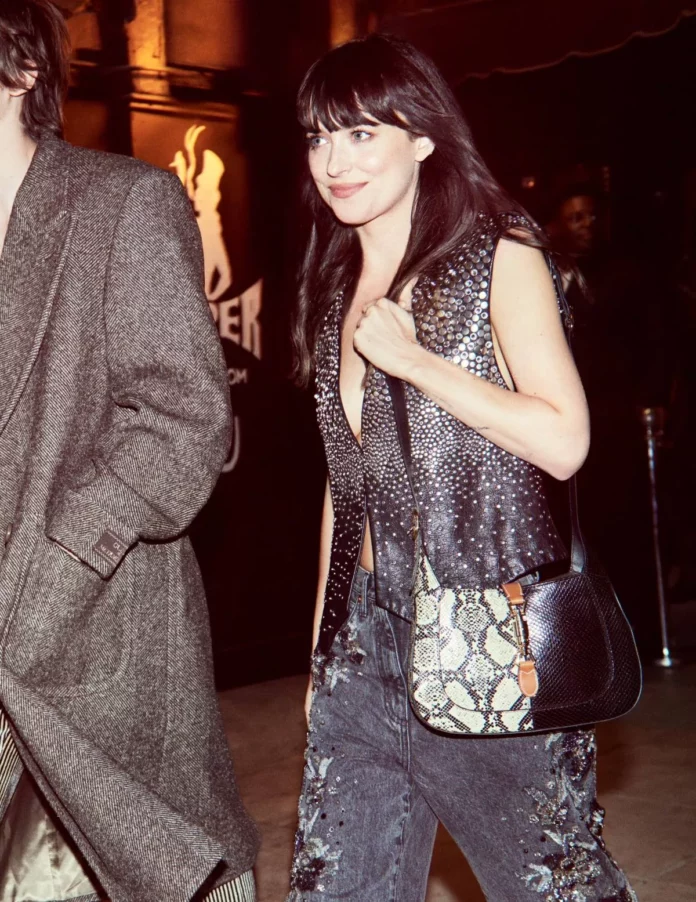Will exotic skins go the same way as fur? That depends. First, they have to become way less fashionable.
In September 2021, the Kering Group — parent to luxury brands including Gucci, Alexander McQueen, Bottega Veneta, and Yves Saint Laurent — took a major step forward for animal welfare, when it announced it would be going completely fur-free.
“The world has changed,” the corporation’s CEO François-Henri Pinault declared. “Luxury naturally needs to adapt to that.” The ban was part of an exciting and hopeful shift in fashion, which saw a number of big names in the luxury world turn their backs on fur.
But if you scan the shelves of Saint Laurent today, the Kering Group’s animal welfare announcement starts to look a little hollow. Fur is out, sure. But python? That’s still very much in. This is despite the fact that multiple investigations have linked the snakeskin industry with cruel practices.
But Saint Laurent is far from alone. The digital shelves of many luxury brands are lined with exotic skins. As recently as January 2023, actor Dakota Johnson was criticized for modeling handbags made from python and crocodile leather for Gucci, another Kering brand that banned fur back in 2017.
It begs the question, was the fur ban wave really about doing right by the animals? Or was it all just smoke and mirrors?
Was the fur ban wave really about ethics?
Fur has been falling out of favor with consumers for decades. What was once the height of glamor in the 1950s and 1960s became a target of animal rights activists in the 1980s and 1990s. In fact, it was all the way back in 1980 that PETA (now the largest animal rights organization in the world) was formed and started protesting fur.
In the late nineties and early aughts, a trickle of fur bans started to happen, but it wasn’t until decades after PETA was first formed, in 2016, that the fur-free wave really started to take off, when Giorgio Armani dropped fur from its fall/winter collection.

Over the next few years, Armani was followed by Gucci, Burberry, Chanel, Prada, Versace, Balenciaga, Saint Laurent, Dolce and Gabbana, and more. “Fur? I’m out of that” said Donatella Versace, in an interview for The Economist’s 1843 magazine in 2018. “I don’t want to kill animals to make fashion. It doesn’t feel right.”
And, perhaps, all of these luxury fashion brands did suddenly grow a conscience around killing furry animals, like foxes and minks, for coats and hats. But the truth is, it was likely less about animal rights and more about keeping up with the times.
Animal welfare or no animal welfare, after decades of protests and a change in social attitudes, fur just wasn’t fashionable anymore. Gucci’s president Marco Bizzarri summed it up in 2017 when he said: “Do you think using furs today is still modern? I don’t think it’s still modern and that’s the reason why decided not to do that. It’s a little bit outdated.”
So, is there any hope for an end to the use of exotic skins?
Not all luxury fashion brands continue to use exotic skins from animals like snakes and crocodiles. Burberry, Chanel, and Victoria Beckham are three examples of luxury names that have turned their backs on the industry. According to PETA, the former decided to ditch the material after it was shown “hard-hitting exposés” depicting the cruelty of exotic skins.
The animal rights organization maintains that many crocodiles and alligators are skinned alive in the exotic skins industry, while there have been reports of snakes with their mouths sealed shut before they are inflated and skinned. In rejection of animal cruelty, the state of California banned crocodile and alligator products, alongside fur products, in 2020.

But there has yet to be the same level of bans in fashion that fur has seen. Perhaps this is because there is still status and style in exotic leather bans. After all, one of the most exclusive, expensive, and coveted bags in the world is Hermès’ Birkin, which can be made from different types of leather, including crocodile.
In fact, in 2020, a Hermès Birkin made with crocodile skin and diamonds broke the world record for the most expensive handbag when it sold for $300,000 at auction. In the same year, Hermès revealed plans to build Australia’s biggest crocodile farm, which would have space for around 50,000 reptiles.
But all hope for an ethical future in luxury fashion is not lost. Brands are working on animal-free alternatives for the luxury fashion world. Leukeather, for example, is marketed as an alternative to exotic leather. It’s made with dried Leucaena pods, and has a naturally patterned texture, just like alligators and crocodiles. Other synthetic alternatives do exist, but most rely on embossed fake patterns on plastic-based faux leathers, for example.
And just like they didn’t give up on fur, animal rights organizations aren’t letting the exotic skins issue go either. But with the number of environmentally and ethically aware consumers on the rise, with hope, it won’t take decades to achieve action.
Related on Ethos:


